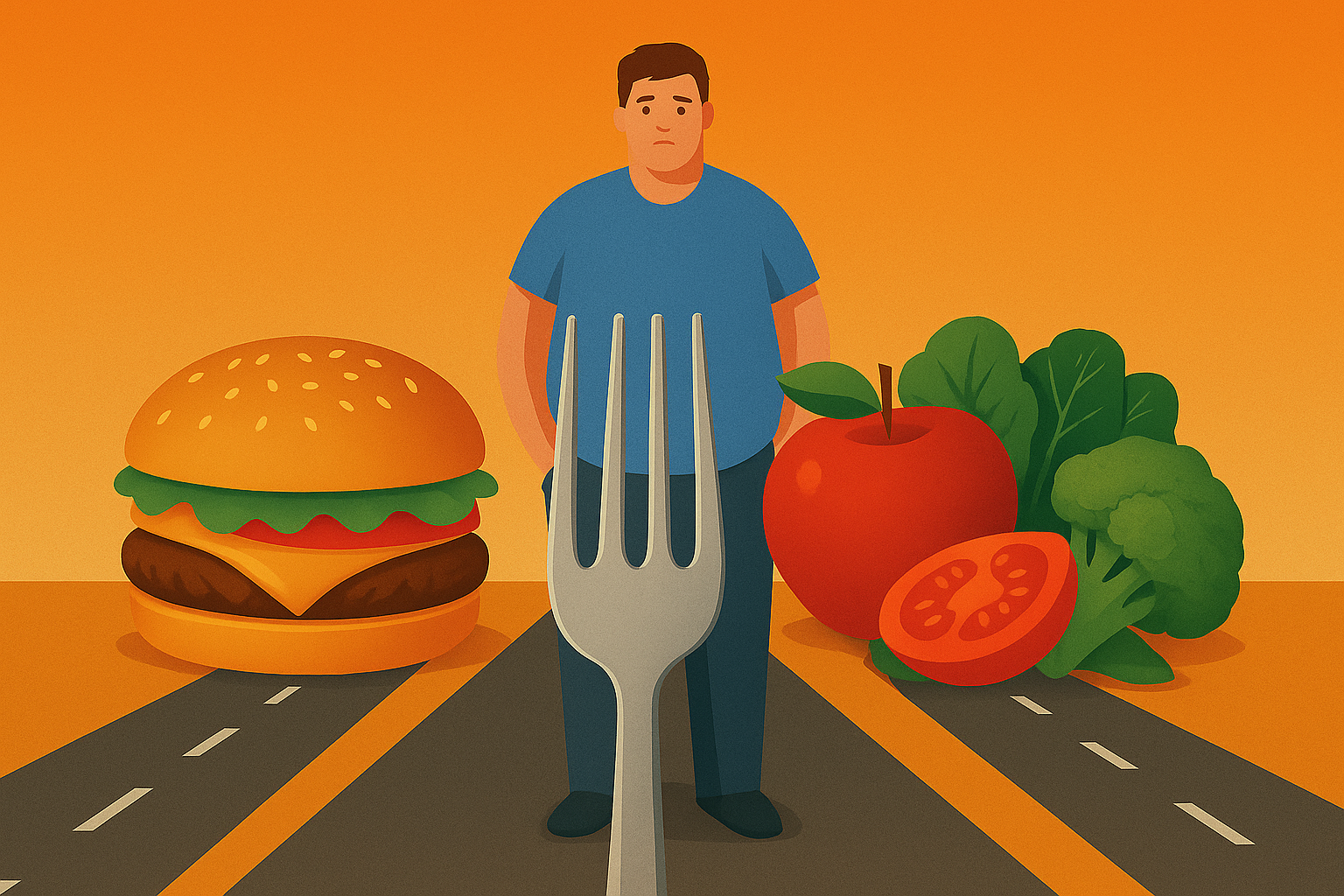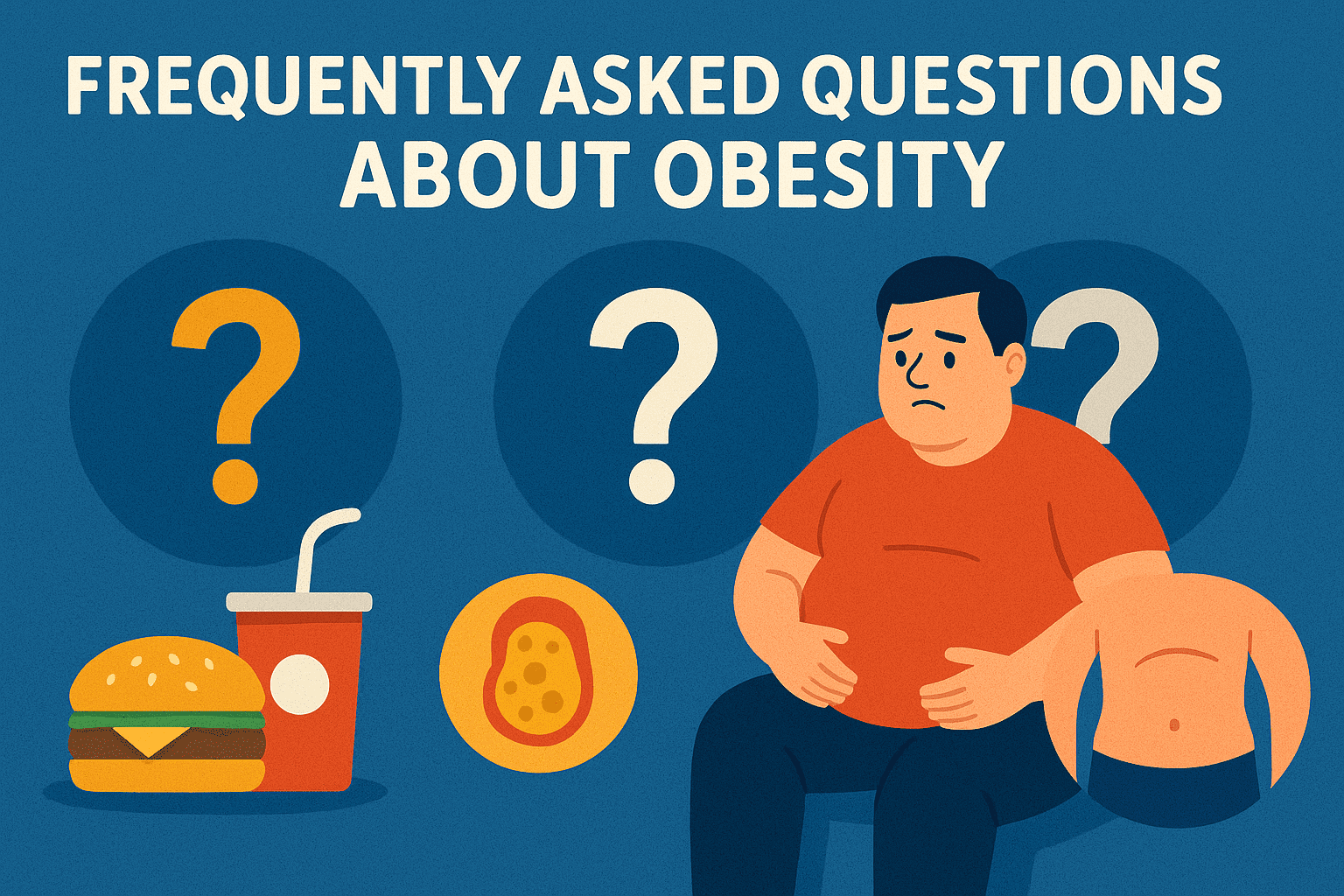In today’s world, it’s not just your cravings pushing you toward that extra slice of pizza — it’s the invisible hand of algorithms working behind the scenes.
Food companies and tech giants have mastered the art of using psychology and artificial intelligence (AI) to make you want more, eat more, and ultimately buy more.
Let’s dive deep into how these digital forces silently drive overeating — and what you can do about it.
How Algorithms Hack Your Brain
Modern food ads aren’t random. They are powered by sophisticated algorithms trained to learn:
- What time of day you’re most likely to crave food
- What foods you’re emotionally attached to
- How stressed, happy, bored, or sad you feel based on your online behavior
Example:
If you often scroll through Instagram late at night, chances are you’ll see juicy burger ads right before bedtime.
That’s no accident — the algorithm knows your “hungry hours.”
The Science: Why These Ads Work
Food advertising today taps into neuropsychological triggers such as:
- Dopamine Response:
Images of delicious foods spike your dopamine (pleasure hormone), creating intense cravings. - Conditioned Responses:
Seeing a familiar logo or packaging repeatedly builds a subconscious emotional bond. - Hyper-Palatable Foods:
Ads highlight foods rich in sugar, fat, and salt, designed to overpower your natural appetite controls.
Fun Fact:
Research shows even seeing pictures of fast food can increase appetite hormones in your bloodstream — even if you’re not hungry!
How Tech Personalizes Your Hunger
Algorithms monitor everything:
- Your search history (“best pizza near me”)
- Your likes and comments (“OMG this cake looks delicious”)
- Your GPS location (near a restaurant? Instant ad)
All this data feeds an AI engine that serves hyper-targeted ads when you’re most vulnerable.
It’s not just food companies — delivery apps, grocery apps, even fitness apps sometimes push unhealthy foods to maximize profits.
Real-World Example:
Case Study — Midnight Munchies on TikTok
Late-night TikTok users in the US noticed an increase in “food haul” videos and snack ads around 11 PM to 2 AM.
Why?
Because data shows people are more likely to make impulsive (and unhealthy) food choices during those hours.
Result:
Higher orders on food delivery apps like Uber Eats and DoorDash — and a growing waistline problem.
How to Fight Back Against Algorithmic Overeating
Here’s how you can take control:
✅ Ad Detox:
Limit exposure by muting or hiding food ads when you see them.
✅ Scheduled Eating:
Stick to planned meal times; don’t let sudden cravings triggered by ads dictate your hunger.
✅ Mindful Browsing:
Recognize when an ad is playing on your emotions. Pause and ask: Am I really hungry?
✅ App Settings:
Turn off personalized ads in your device settings (Google, Facebook, Instagram all allow this).
✅ Mindful Eating:
Focus on real hunger cues from your body — not artificial cravings from your phone.
Final Thoughts
In a world where algorithms know your hunger patterns better than you do, staying mindful is your superpower.
Food ads are getting smarter, but so can you.
By understanding the psychological tricks they use, you can reclaim control over your cravings — and your health.



